Learn
- Cols //
- Cycling Tours //
- Learn //
- Ask the experts //
- Shop
Essential tools & spares when travelling with your bike
Fear not, you don't need to take your full workshop to be well prepared
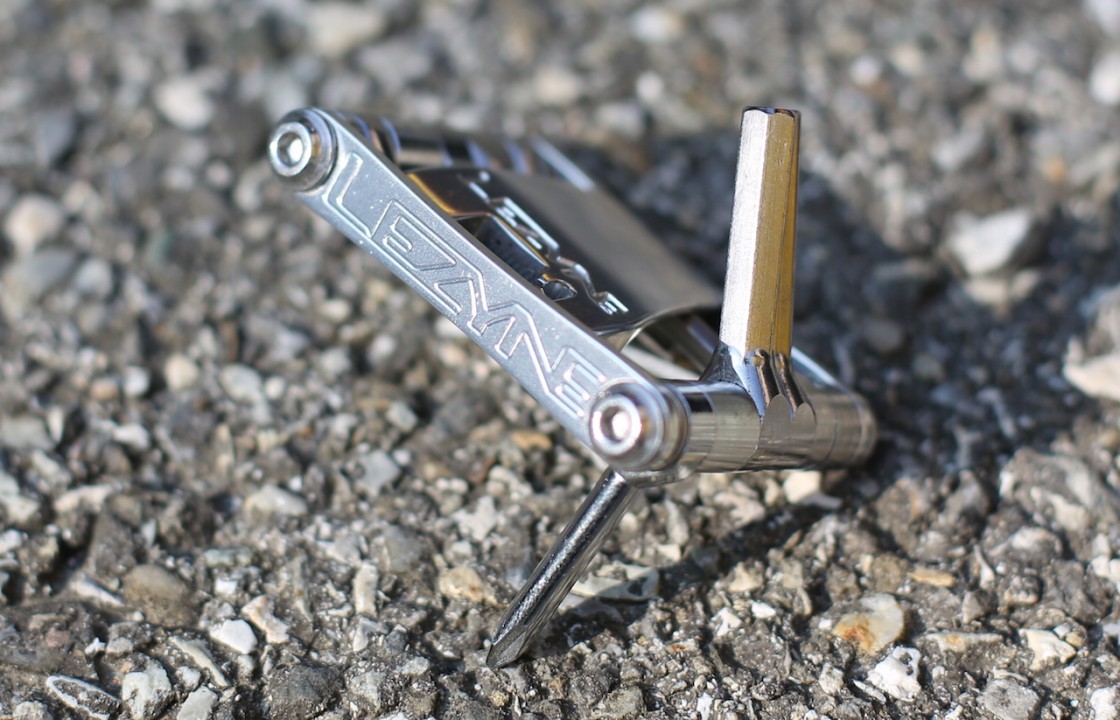
Making sure you have the right tools and spares when you’re travelling is essential in starting your journey in the right way, not to mention getting you rolling again should you need to deal with roadside repairs. Over the years I’ve managed to streamline this process as much as possible but, even so, the complexities of last minute work deadlines that always seem to crop up can leave me scurrying around the house in a frenzy just moments before departure. So I thought I’d try and shed some light on what I travel with to try and help you spend less time packing and (hopefully) more time riding.
Disassembling your bike
Pay a close eye on the tools you use to take your bike apart when packing, removing the pedals, seatpost, rear derailleur and stem or handlebars. Practice in advance and put these tools to one side, make a list of them and if they are full workshop tools see what lighter and smaller options may be available. For everything but the pedals a standard multi-tool should do the job. Whilst the pedals I use take an 8mm allen key to remove / fit that can be found on a multi-tool I’ve found in the past that sometimes after riding (normally when you’re packing up to come home) they’ve tightened up on the crank and can be hard to undo with little leverage from a multi-tool. With this in mind I always pack a standard 8mm allen key in my tool case for this reason.
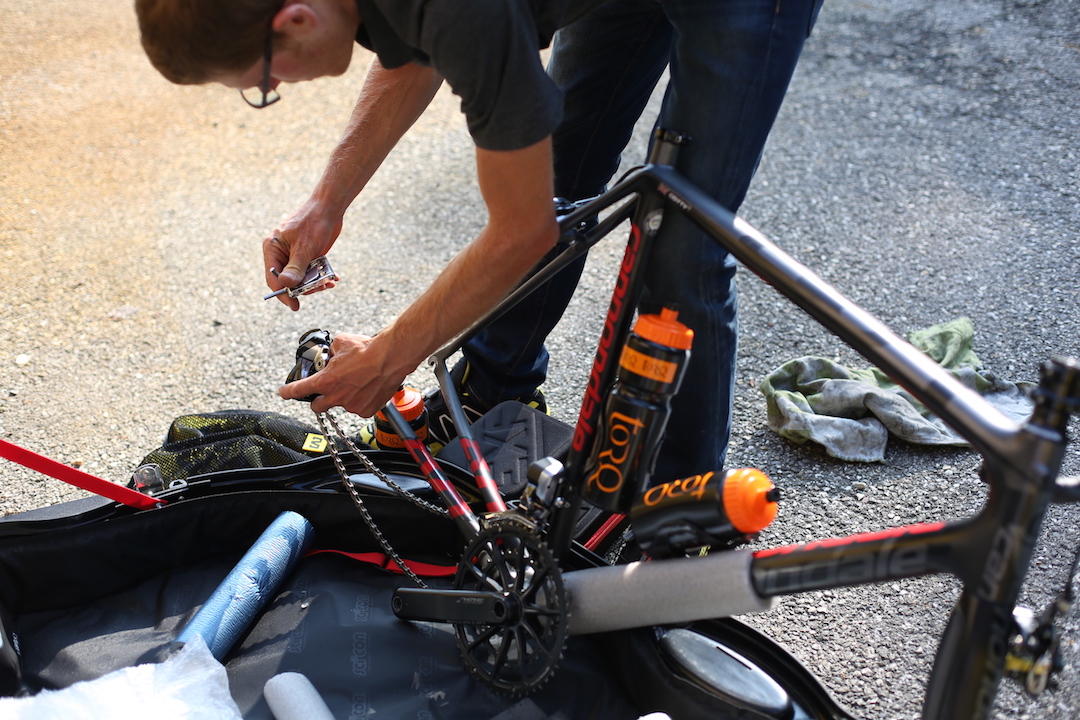
Obscure sizes
Now that you know you can get your bike disassembled and reassembled with the travel tools you have, it’s time to have a quick look at any other areas on the bike that may come as a surprise out on the road. What size allen key is the clamp for your bike computer or GPS unit? Same goes for the derailleur hanger. These are both areas I’ve been caught out with in the past when things have rattled loose or been bent and I’ve only realised (when it’s too late) that they are an allen key size that I didn’t have on me, making me feel like a right tool! What size are your crank bolts and do you have a chain-splitter if you need to make a repair? Take the time to consider these points to make sure you’re covered.
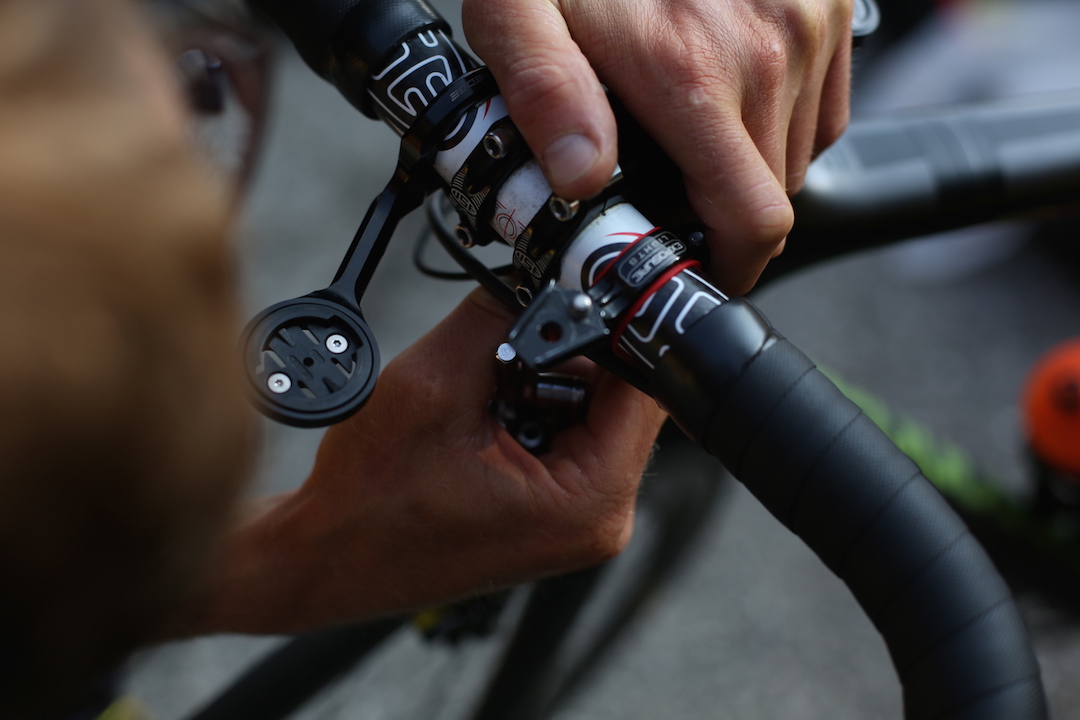
Hand pump, Co2 or Track Pump?
In the past I’ve travelled with Co2 canisters but airport security can get a bit funny about it and most of the time it led to me having to open my bike box and go through an interrogation process that I wouldn’t wish on anyone. I always ride with a frame pump attached to the downtube of my bike so that remains in place. To make life easier I also pack a small floor pump in my kit bag which is super light and makes re-inflating tyres at the other end far easier. If you’re travelling with friends or in a group then check what they are packing. Whilst it’s always good to have your own pump fitted to your bike just in case, it’s very unlikely you’ll need a floor pump each so pack smart and save some space for souvenirs (new bike kit) that you may pick up when you’re on location.
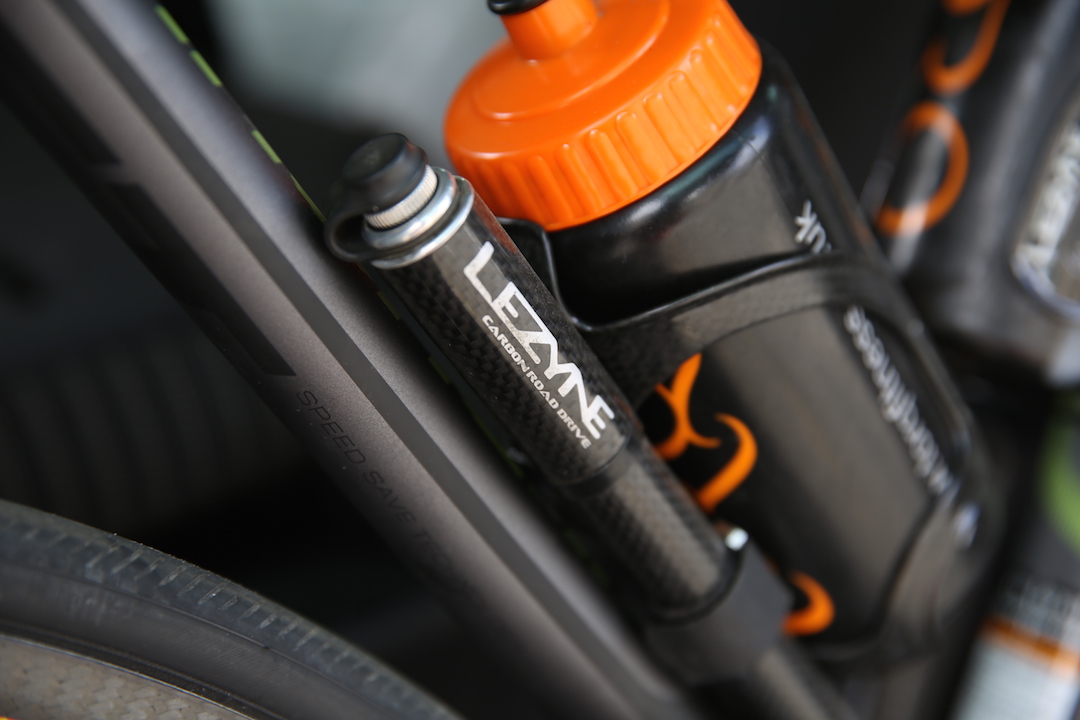
Spares
There’s the essentials, which we’ll come to in a moment and then there’s the obscure. If you know that your bike is in good working order then you may not need to think about things like a new chain (if in doubt change it before you leave). However, a spare front and rear quick release may sound overkill but if anything should happen to the one’s you normally use then you can be in real trouble. I had a cold sweat moment one time when I thought my front quick release had broken (as it turns out it was fine) but for that split second I thought “jeez, that’s game over if that little monkey plays up” so I always pack spares. They’re light weight and don’t take up much room so why the risk? Likewise, a spare derailleur hanger is a must. These can easily be bent in transit or if your bike gets blown over in the wind as you get ready to ride (honestly, I’m not a complete master of disaster).
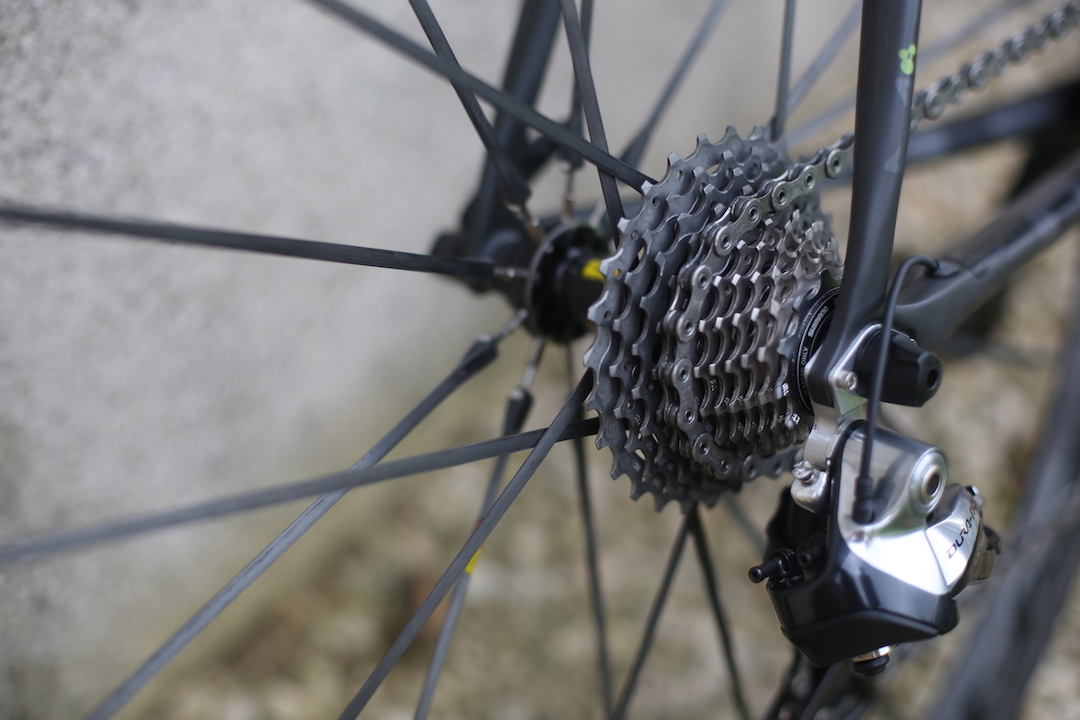
I normally try and fit new tyres before I head off on an adventure but even so, it’s easy to gash a sidewall on a weathered mountain descent so throw a couple of spares into the bike box just in case. Once again, check with friends who’s bringing what so you don’t end up with a whole stack of spare rubber.
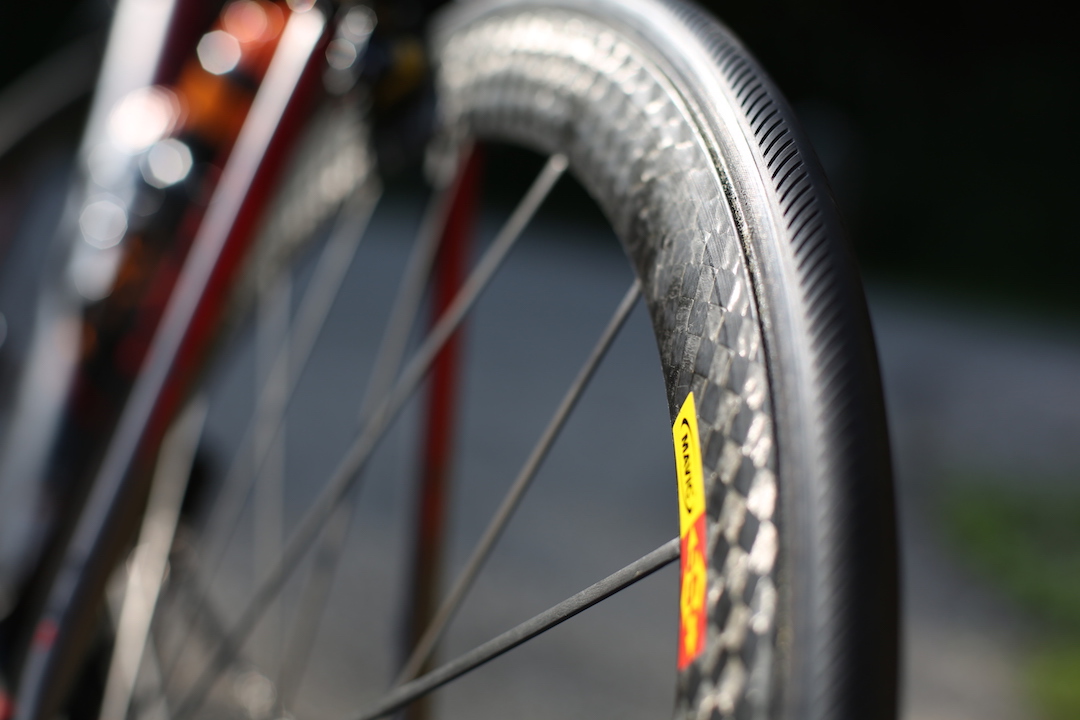
Saddle bag essentials - Make sure you have…
Inner tubes x 2
Tyre levers x 2
Glueless patches (genius for mending tubes in seconds)
Chain-splitter (can be included on multi-tool)
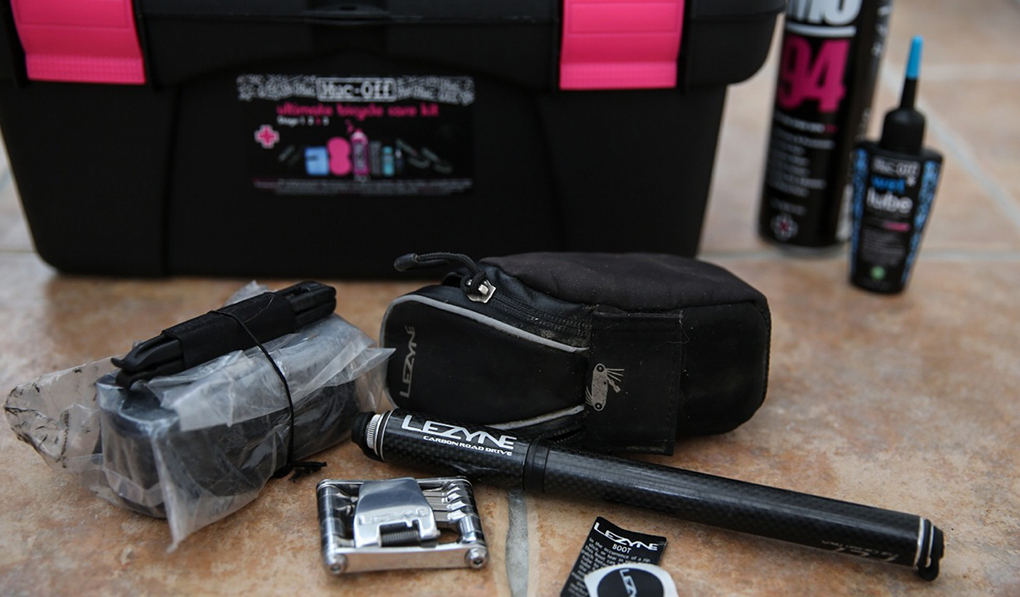
Wrap the tubes in a polythene bag to prevent anything else in the saddle bag from vibrating and wearing a hole in the tube whilst you ride. In some instances saddle bags can have a separate pocket for a multi-tool which isolates any sharp parts of it from your tubes.
And finally
I always say that a clean bike is a fast bike so I generally give it the once over after every ride. Not only can you spot early signs of wear but you’ll also pick up on things like a tiny piece of flint in the tyre that could cause a problem the next day if left unnoticed. I pack a couple of rags, one for the frame and one that I can clean the chain with along with two small bottles of lube, one for wet and one for dry conditions.
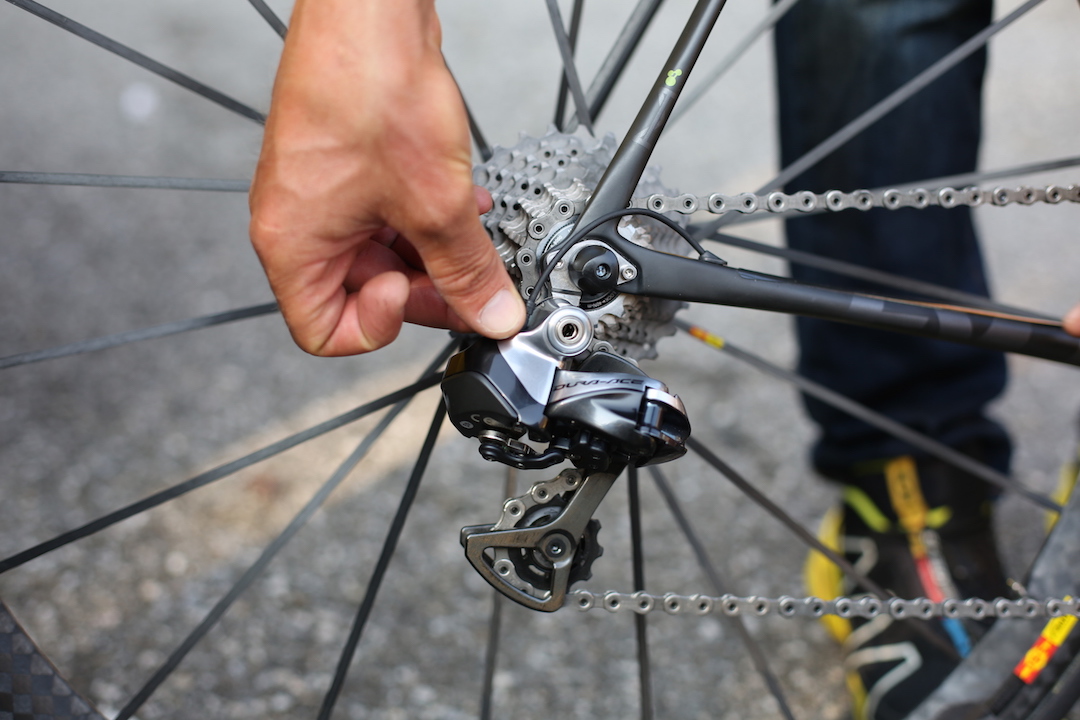
With many bikes being equipped with electronic shifting nowadays, and batteries seeming to last forever, make sure you charge it before departure and don’t leave it fitted to your bike. If the shifter button is depressed in transit you may find it’ll be flat on arrival. No fun if you haven’t got a charger or spare battery. Fortunately, you’ll all be shocked to hear, this is one faux pas I haven’t made yet!
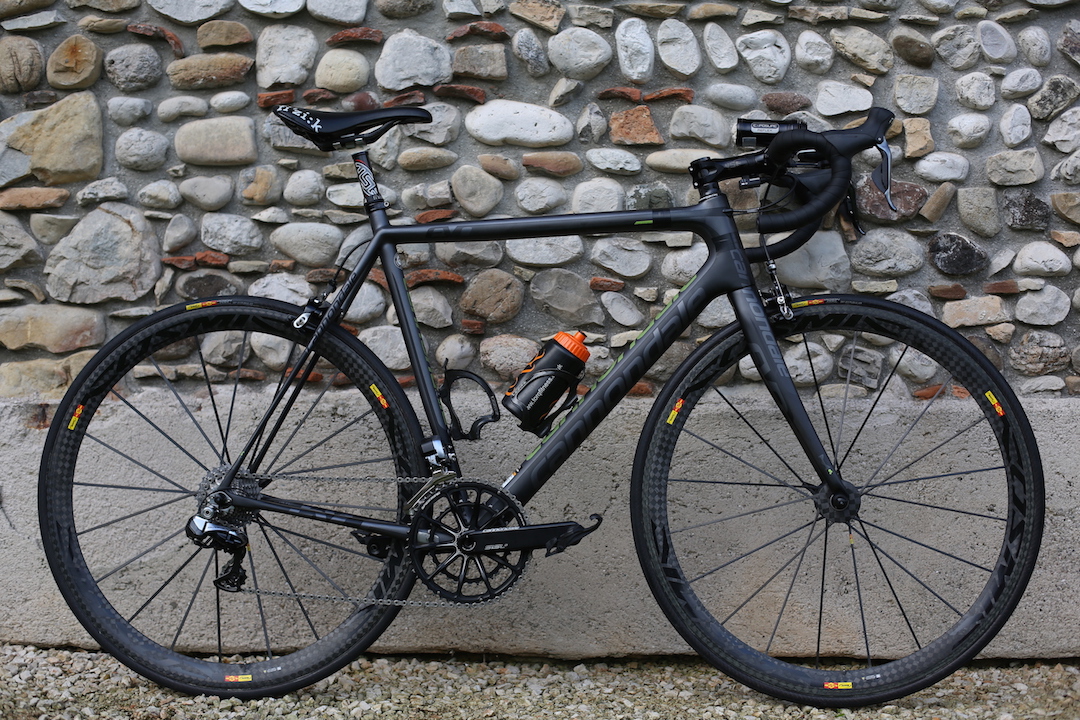
Thanks for reading.
Mike Cotty
For more help and advice why not ASK THE EXPERTS
Topic: Accessories · Bike maintenance · Bike transport · Tools · Travel
More advice in this topic
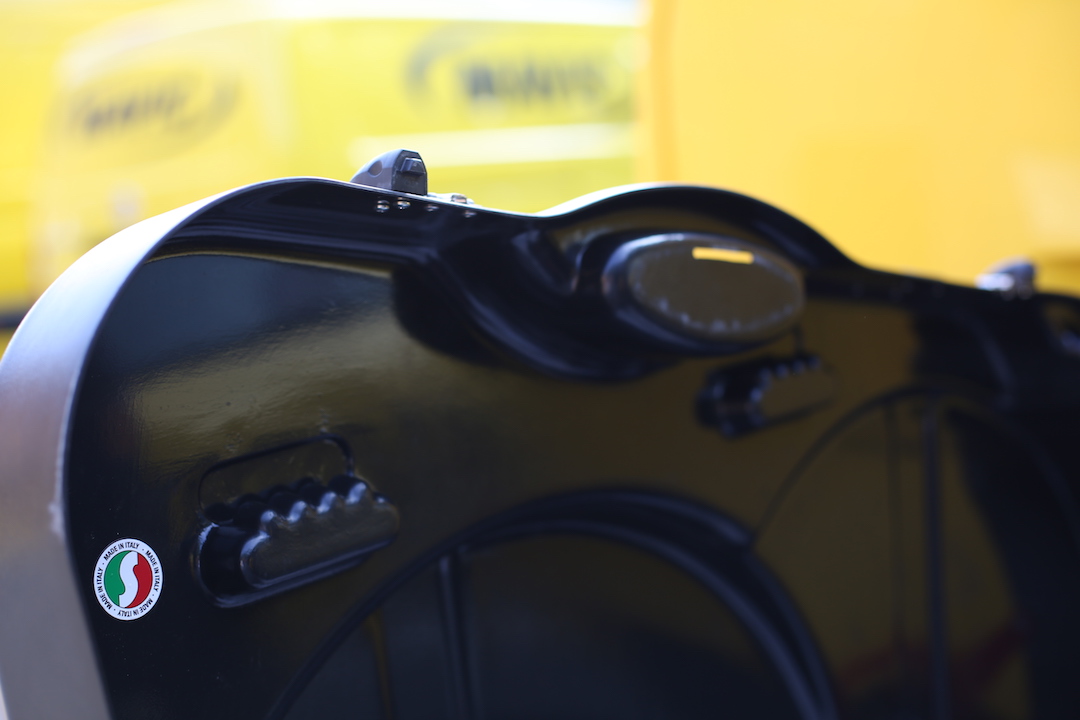
How to Avoid Excess Baggage Charges when Travelling with Your Bike?
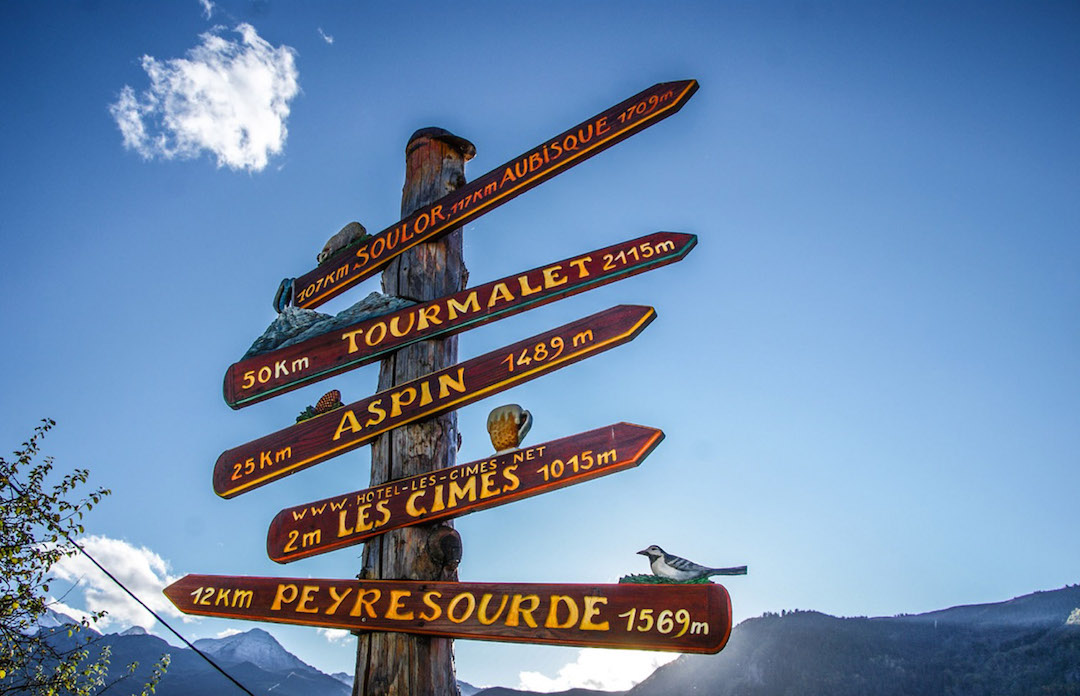
Five Must Ride Climbs in the Pyrénées
How is it best to travel with your bike?
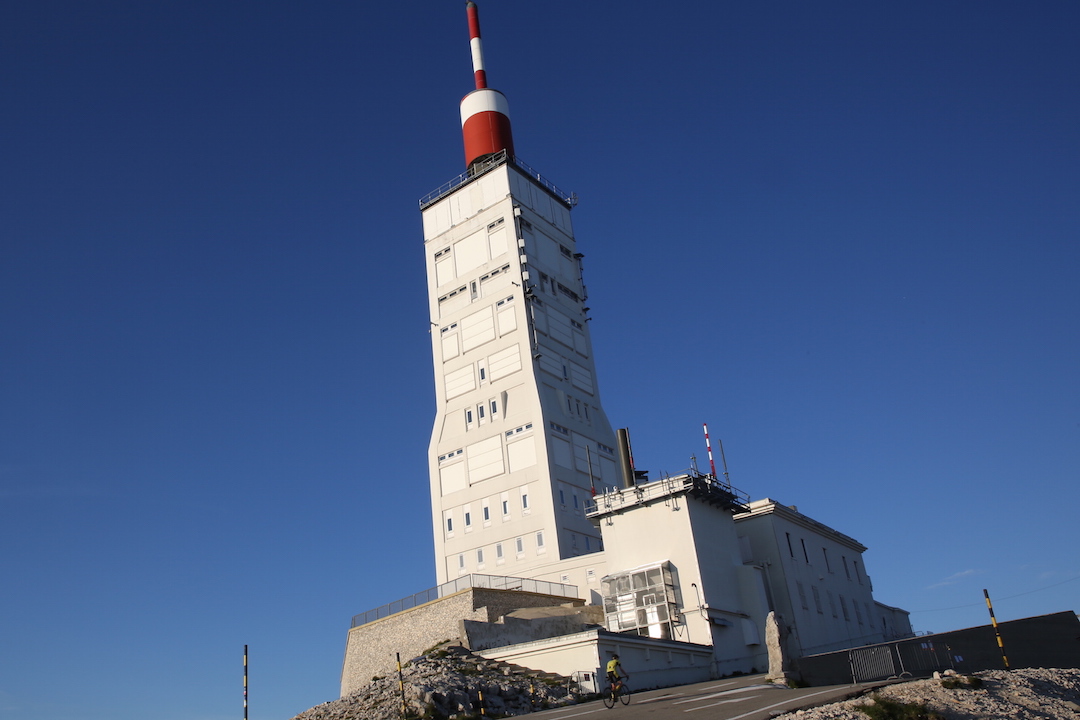
A Beginners Guide to Cycling in the Mountains












